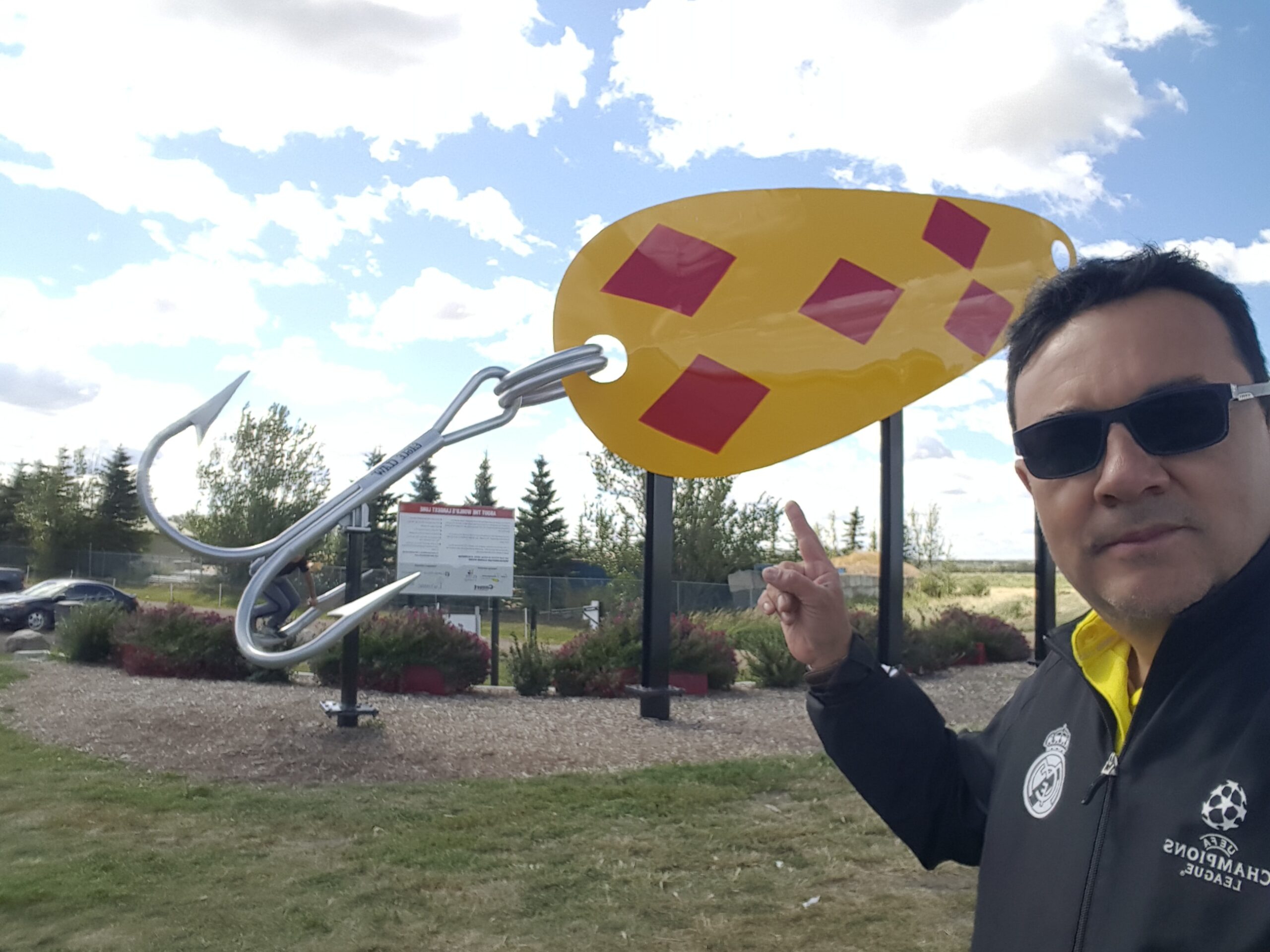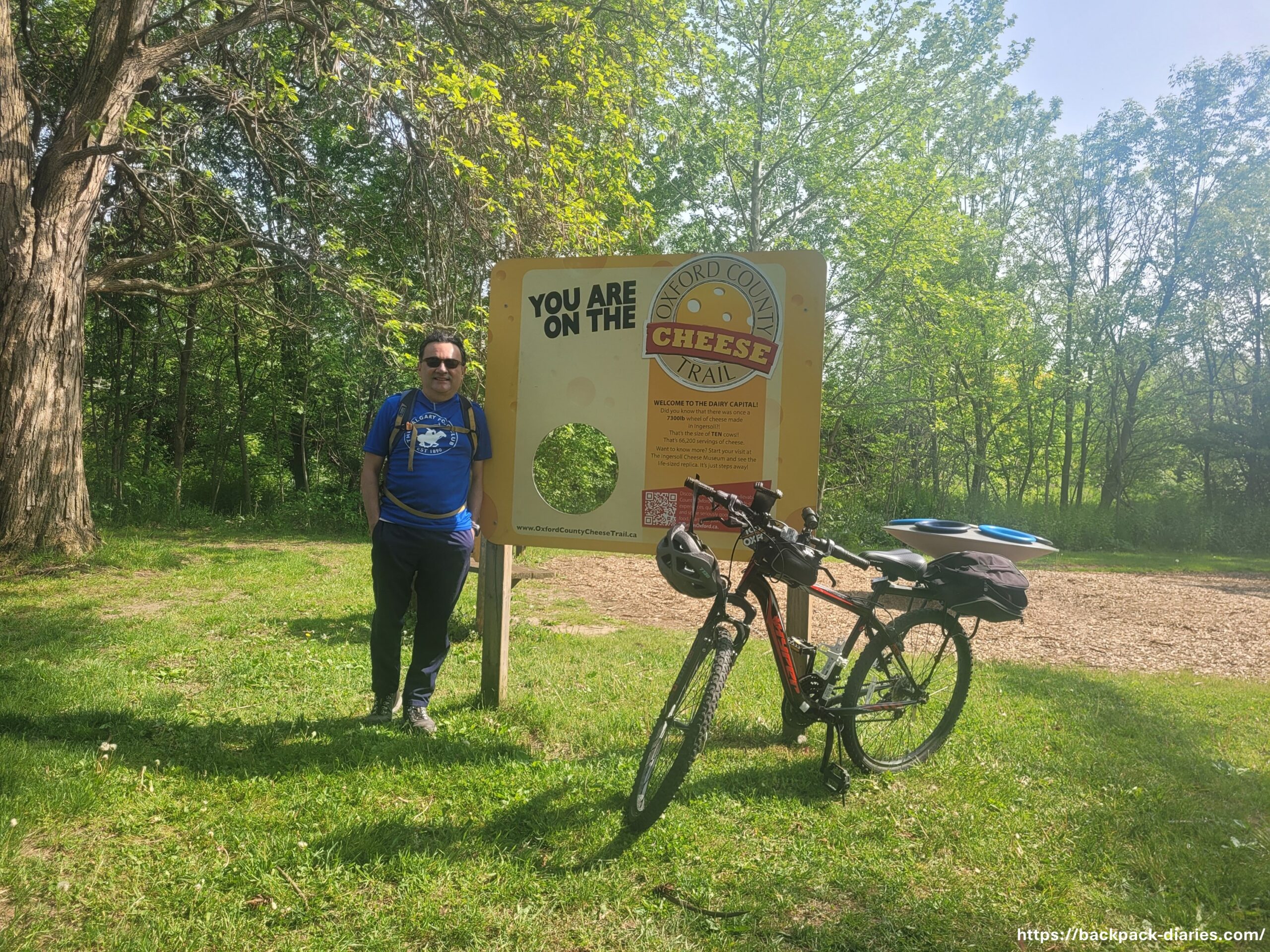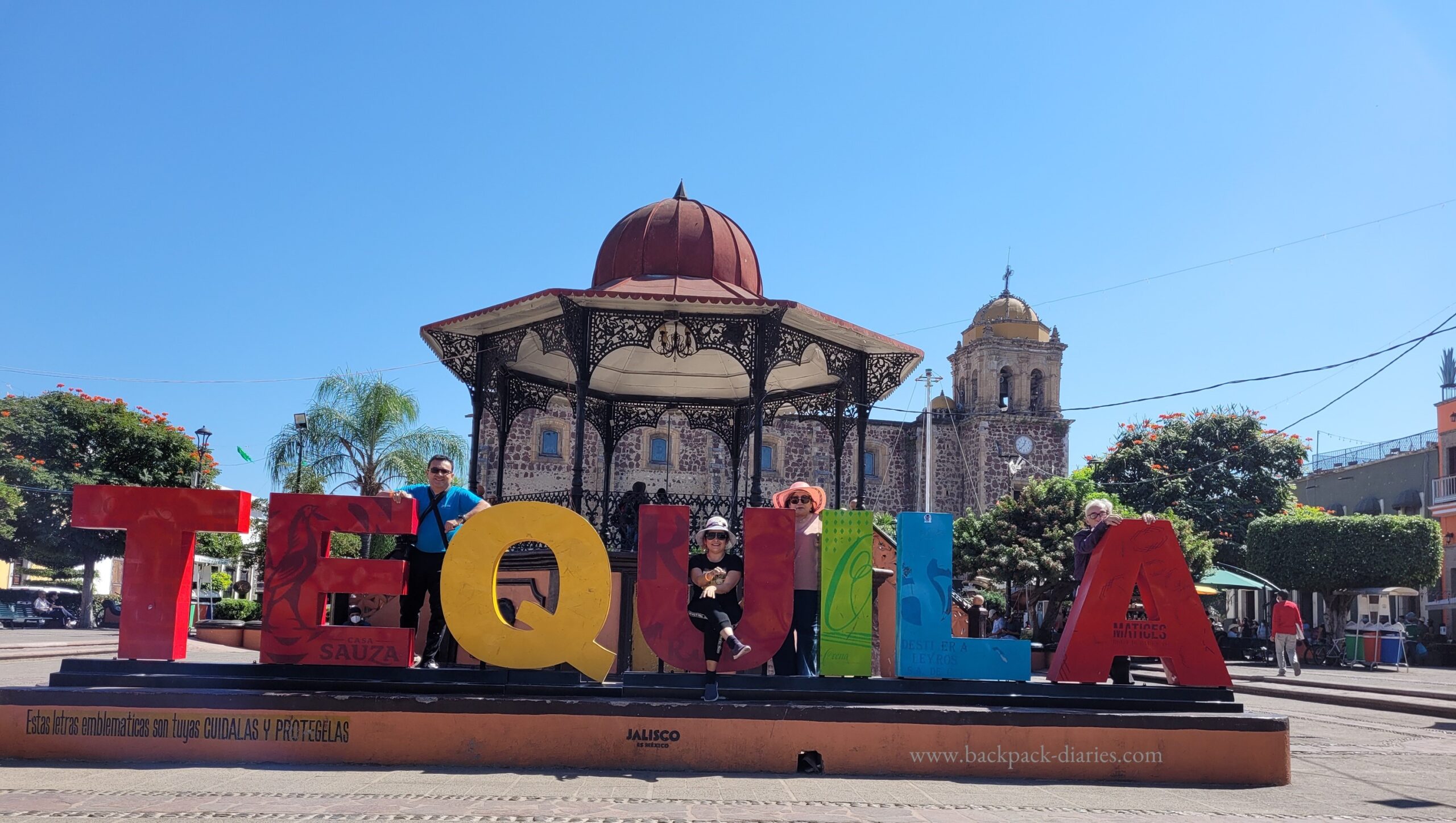Spanish version here.
For people visiting or living in Santiago, El Centro Artesanal “Los Dominicos” is a reference place to appreciate Chilean handicrafts. An easy-going place to stroll around in a relaxing atmosphere.
Getting there
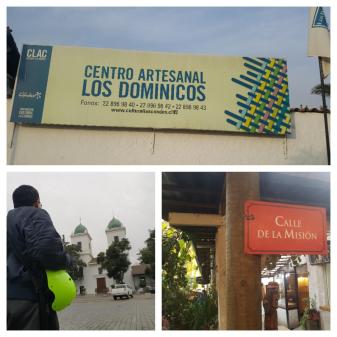
The day of my visit coincided with the celebration of Heritage Day (May 26 and 27). The Municipality of Las Condes offered a free bus service running between the 4 cultural centers of the CLAC circuit (Circuit Las Condes). As a temporary resident of Las Condes, I opted to ride my bike, which has become my favorite transportation.
Los Dominicos is located northeast of the city of Santiago, at the end of Apoquindo Avenue, easy to get there by metro (last station “Dominicos”).
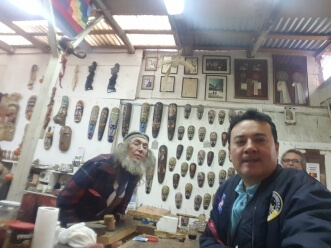
Currently, the market is occupied by more than 150 retailers and workshops distributed throughout several alleys of the recreated old hamlet.
Not all the establishments are workshops, but it is common to see how artisans work and have a chat with them about their trades.
It would have taken a lot more time to go through each retailer; however, these below are the handcrafts that caught my attention.
Masks
I had the chance to talk with the woodcarver, who kindly explained to me more about his craft, especially the religious significance of some of his creations. Masks, totems, and croziers (sacred stick used by Moses) can be made in different native woods such as “Rauli,” Laurel,” “Lenga,” “Hazel,” “Acacia,” “Cypress,” “Luma,” etc.
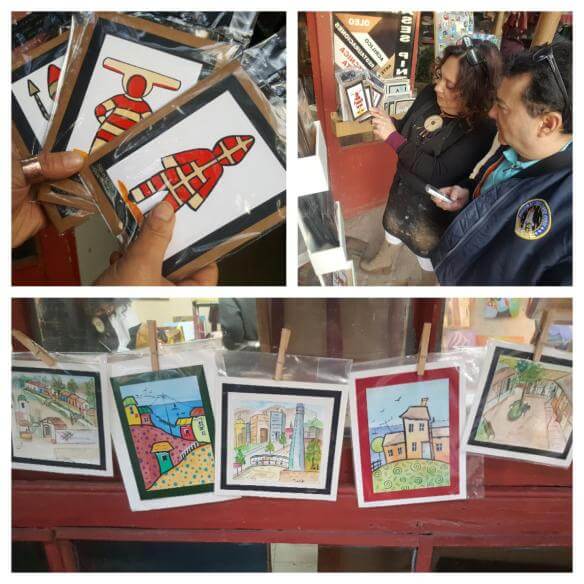
Paintings
I’ve always felt a peculiar attraction to paintings, especially when it reflects a cultural aspect of a particular place. I had an interesting conversation with the painter, who in a brief talk explained to me the various cultural details woven into the painting reflecting the Selk’nam tribe, their rites, and their characters; a tribe that today is sadly extinct. I left inspired to learn even more about them.
Just a few steps away, I saw several statuettes referential to the Selk´nam characters, but the owner of the establishment did not allow me to take any pictures.
Ceramics
Although I’m a native Spanish speaker, I have to confess a bit of ignorance on my part the first time I heard the term “Greda” (Spanish term); I merely nodded and did not really know what the taxi driver meant on that day I arrived in Santiago; here, in “Los Dominicos,” I did manage to clarify this misunderstanding.
“Greda,” “Clay” and “Arcilla” are all different terms that refer to pottery, although after some brief research I learned that “clay” mostly refers to its “mud” state.
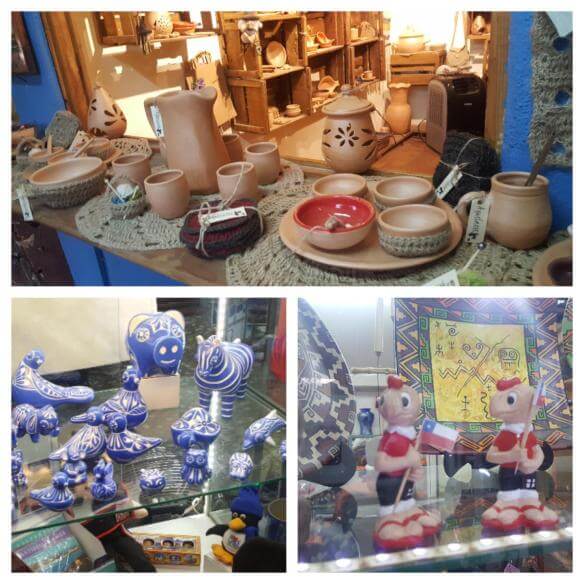
As I learned, pottery vessels unlike the clay pots, are more refined, they are cooked underground and are entirely handmade by the Mapuche tribe; thus making them more expensive.
Later on, I found “Condorito” (Little Condor) pottery souvenirs. “Condorito” is a comic strip character created by Chilean cartoonist Rene Rios, better known by his pen name “Pepo”.
(“Condorito” is character that you must know if you really want to understand and/or blend into Chilean pop culture).
Copper
Copper is to Chile, what Silver is to Mexico and a lot more. Or to be more precise, like silver to Taxco. I was very impressed with the array and quality of copper handcraft pieces. I particularly liked a Christmas Nativity set in copper.

Wood
Also, another thing I learned is that “raulí” is one of the finest and most moldable native wood types for handicrafts. I also found several items such as cigar boxes, jewelry boxes, pens, pencil holders, etc.
In a winemaking country like Chile, wine accessories are not absent in “Los Dominicos,” an ingenious cup holder on the bottle using two simple wood boards is convenient for minimalist apartments.
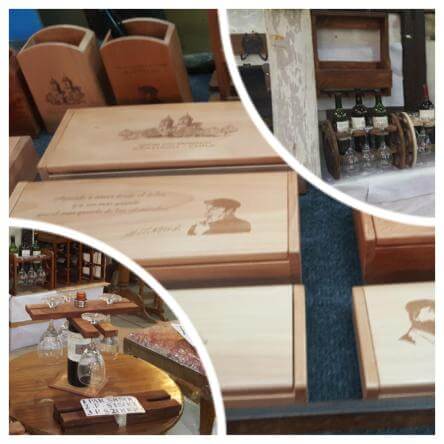

Sculpture
I stopped for a moment in the workshop of Oscar Plandiura, an artist whose works have been acclaimed both nationally and internationally. More information can be found on his website. A taste of his work stands out in the form of a boxer sculpture right at the entrance. Unfortunately, nobody was there at that moment to speak about his work so, I only took some photos.
Some history
The entrance plaque reads that these lands of “Los Dominicos”, were divided by the founder of Santiago de Chile, Don Pedro de Valdivia. The first owners didn’t make anything relevant of the property for almost 2 centuries. Then, the estate become the property of Dona María Inés Portusagasti and her husband Juan Cranisbro, who in 1767 built the large mansion and chapel that brought the site to life.
Child-like figurines atop of each tower stand in memory of their deceased infants.
Many years later, the property was bequeathed to the Dominican Order; centuries later, the site played a role as a hiding place during the fight for Independence. The Restoration Project of the XX century
transformed it into what it is today.
The church is nowadays a National Monument, and its surroundings are considered a folkloric and patrimonial zone.
At the end of the day, is Munchies time
There are a couple of coffee shops inside, but if you are looking for something more substantial, it is better to go to the restaurant at the entrance: “The Antulicán“. The dish of the house has the same name of the restaurant, which is a combination of grilled meats and vegetables. Credit cards are accepted in most of shops within this site.
Conclusion
In Los Dominicos, you will find many neat crafts at an affordable price; do not visit the area expecting to find cheap or souvenir type “Made in (you know where)” trinkets. Myself, I bought some wood crafts, watercolors, bookmarks, and clay pots. I do not know how far you can go bargaining their prices, I did not try but maybe on my next visit.
The municipality of Las Condes is implementing a project to turn this place into a core not only for crafts, but also for music, theater, dance, and everything that embodies the cultural manifestation of Chile.
The day of my visit, I witnessed a folk dance “Cueca” performance, and the theater was displaying “El niño puma (The Cougar Child)” play. More information about the place and schedules can be found here at these sites.
http://www.estoy.cl/sitio/articulo/patrimonio-arquitectonico-una-huella-de-la-colonia-en-las-condes
Any comments, like or share is welcome.


